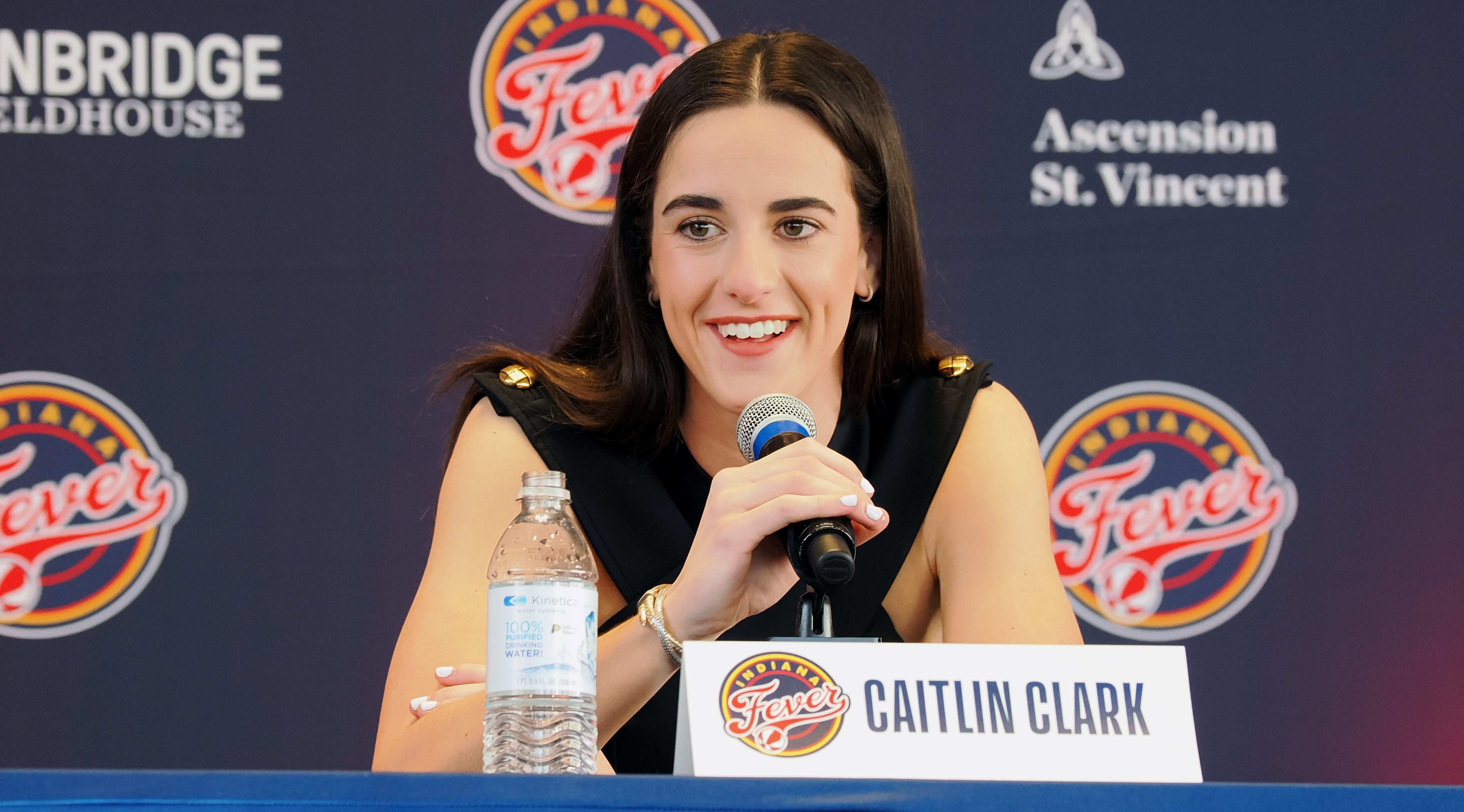
Despite a surprisingly disappointing 2009-2010 regular season, the Flyers came together at exactly the right time and gave us a great run to the Stanley Cup Finals. As the 2010-2011 season approaches, we’ll take a look at some of the questions currently facing the team—questions which, should they be answered positively, could get them that one huge step further. Today, it’s what the impact of a full training camp, preseason, and regular season under head coach Peter Laviolette will mean.
John Stevens was a popular coach both with his players and within the organization, all the way to the top. He’d won a Calder Cup as a Phantoms player and as coach, the latter while guiding a few future stars in Mike Richards and Jeff Carter. Stevens also helped to quickly turn around a Flyers team that in 2006-2007 endured its worst-ever season, winning just 22 games. The following year, benefiting from a busy summer in trades and free agency, Stevens led the Flyers back to the playoffs and into the Eastern Conference Finals. However, after bowing out to the Penguins in back-to-back postseasons and getting off to a sluggish, uninspired start in 2009-2010, Stevens was fired after 26 games because the club thought it needed a change.
Some of Stevens’ players acknowledged that their play was the reason he’d lost his job, and they had a point. But what became clear after he was fired, even as the club continued the whole season at about the W-L pace it had set under Stevens, was that this particular group of players needed a different set of lungs behind the whistle at practice and a different voice behind the bench in games.
Stay in the game with the latest updates on your beloved Philadelphia sports teams! Sign up here for our All Access Daily newsletter.
Even before Stevens was fired, Peter Laviolette’s name was being whispered as a possible successor in Philadelphia. He’d already won a Stanley Cup in Carolina, but was currently out of coaching after being fired by the Hurricanes upon missing the playoffs in back-to-back seasons after their Cup-winning campaign. Twenty-five games into the 20008-2009 season, Laviolette was relieved of coaching duties with a 12-11-2 record; Stevens’ record when fired by the Flyers in 2009-2010? 13-11-1.
That about sums up how it works for coaches in the NHL. Keep winning, or a new voice will be sought.
Looking for that new voice, Paul Holmgren went with a man considered in some ways to be a polar opposite to Stevens and hired Laviolette out of the broadcast studio. Lavvy had no history with the franchise or these players. He owed them nothing individually. He was known as a fiery presence, a stark contrast to Stevens’ perceived (at least in public) stoicism and quieter ways. And he was also known as a strict coach with a high regard for conditioning and hard practices. With a team that was dramatically underperforming for both its skill level and salary commitment, all of this sounded to be exactly what the Flyers needed, although even after his firing, many fans continued to believe that the team’s shortcomings were not the fault of Stevens.
The team lacked chemistry, and stretches of dominance were followed by a few putrid games that would undo any progress and confidence. If a coaching change didn’t work, an off-season overhaul was increasingly likely.
News
Perceived as a coach who had little tolerance for lapses in discipline, and according to some who followed him in Carolina, no interest in fighting, it wasn’t immediately certain that Laviolette was going to be a perfect fit with this group of players. There were questions as to whether some guys (Dan Carcillo) would be watching from the press box or soon shipped off in a trade, as well as questions as to how the team would respond to seeing their friend-coach fired an outsider brought in.
Soon after Lavvy’s arrival came reports of strenuous practices and immediate implementation of a new, more physically demanding system. However, in his first appearance behind the Flyers’ bench, the team was dismantled by the Capitals, who benefited from a 9-minute powerplay at the hands of Carcillo. Meet the new boss…
Obviously, it was too early to judge Laviolette, but it was telling that Lavvy didn’t get rid of Carcillo or even rip him publicly. He knew it would take significantly longer than a few days to implement a new system and a new set of expectations, and he also knew how quickly a coach can lose his team. Lavvy won’t soon be mistaken for patient when it comes to losing games or making mental mistakes, but he had to endure both of them as the season went on, as well as a devastating slew of injuries. The Flyers were unable to keep a goalie healthy all season, and their record under Laviolette was actually a game under .500 if you count OTL’s as what they are—L’s.
Despite the disappointing run leading up to the final game of the regular season, Lavvy became very popular in Philadelphia. His penchant for calling timeouts, which are seldom used in hockey, at just the right moment showed his feel for the game and his ability to motivate players on a moment’s notice. Given the well-documented issues another coach in town has with using timeouts, this factor alone was enough to gain Lavvy immediate praise.
But heading into that final game of the season, some fans were actually hoping the Flyers wouldn’t make the playoffs. No one wanted them to back in, of course, but some thought there would be more of a spur to make more changes if the team were to miss the postseason (and its revenues) altogether, rather than be summarily dismissed in the opening round. Despite the knowledge that anything can happen once the second season starts, the team’s play as the season wound down wasn’t exactly inspiring.
But after a dramatic shootout win put the Flyers into an opening round series with the Devils, a new team came out of the tunnel. Perfectly happy to be the underdogs on paper, the Flyers knew they’d had the better of the Devils on the ice all season. We all know what happened from there.
The injuries that plagued the team in the regular season continued in the postseason. Centers, goalies, you name it. And yet with each trip to the press box or surgeon, another face would step up and fill the void immediately. Much of this speaks to the makeup of the guys in the jerseys, but given how uninspired these same guys previously were, it was apparent that they were playing for Lavvy as much as for themselves. It was one of the greatest postseasons in franchise history, even drawing praise for its place in history from hockey's most historic figure.
The question facing the team now is, was this a factor of the intensity and magic, if you will, of the NHL playoffs? Or was this a team finally clicking in a new system after several months of practicing and playing within it?
If it’s the latter, we could be in for a hell of an outstanding season.
It has been reported that the team was not in sufficient physical shape to play within Laviolette's system when the new coach arrived, requiring an intense in-season conditioning program. With a full off-season, camp, and preseason to command a different expectation of “game shape,” will the Flyers be that much better in 2010-2011 based on improved conditioning alone? If so, it would ideally be the solution to their tendency to wilt in games and in long stretches of the regular season. But it’s no given that the players will respond the same in October as they did in April, nor that the new faces will gel with the old. It all sounds great in theory, but after missing the playoffs in consecutive seasons after his last trip to the Stanley Cup Finals, Laviolette would probably be the first to tell you how hard it is to get back the next season.
Hopefully the veteran coach has learned from his previous experiences in this regard, and his veteran players will build on theirs.
What do you think? Will a full season under Lavvy be the biggest key to another successful run, maybe one that results in a Cup?
(Photo by Andy Marlin/NHLI via Getty Images)


